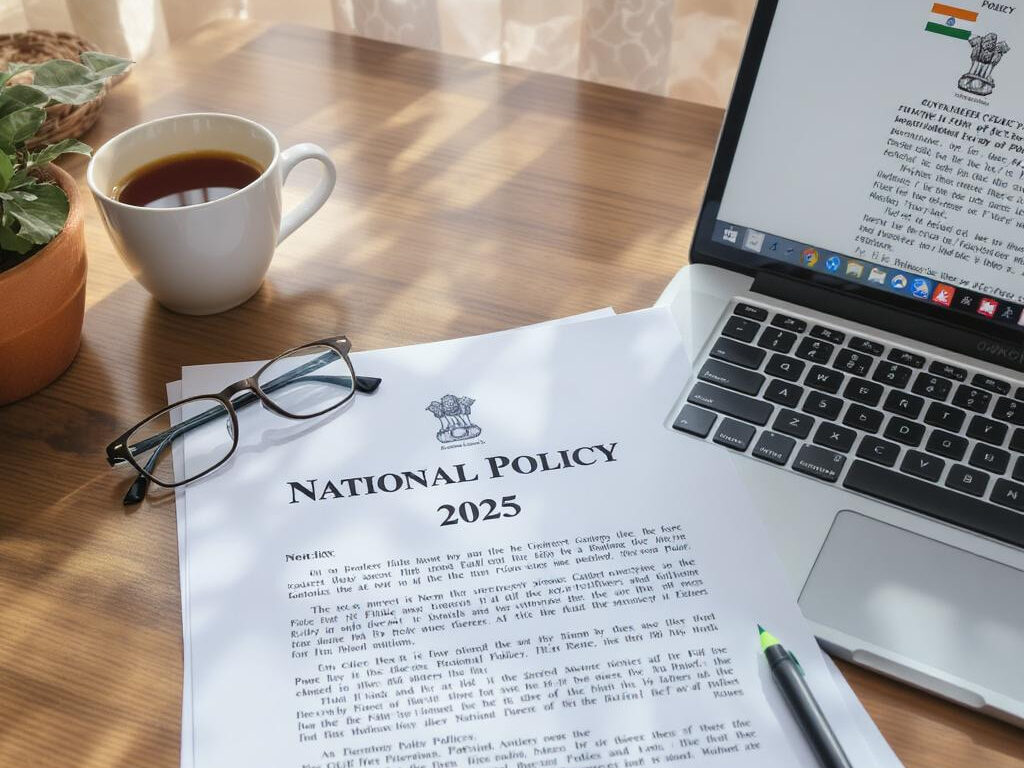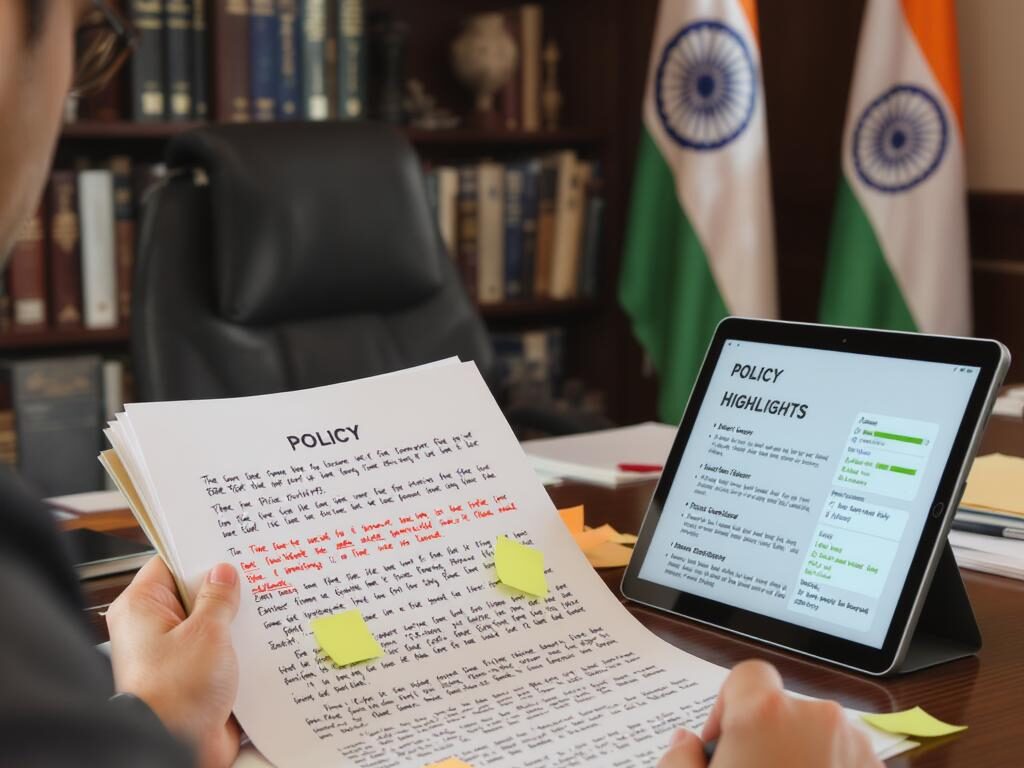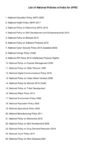Learn how to read government policy easily and how to analysis it in 10 minutes
Introduction
Every day, governments publish new policies affecting everything from public health and education to data privacy and digital rights. But let’s face it—most people don’t have the time (or patience) to go through 30-page documents full of jargon and technical terms. If you’ve ever wondered how to read a government policy in 10 minutes, you’re not alone.

This article provides a step-by-step, practical guide to help you decode any government policy quickly, understand its implications, and identify what matters most to you or your organization.
Why It’s Important to Read Policies Quickly
In 2025, information overload is real. With hundreds of policies released by state and central governments, staying updated is essential for professionals, entrepreneurs, students, and even citizens who want to stay informed.
Quickly reading and understanding policies helps in:
- Making informed decisions
- Avoiding legal mistakes
- Identifying opportunities or risks
- Engaging in meaningful policy debates
Platforms like PRS Legislative Research offer expertly curated briefs to help citizens grasp the core of government policies in a few minutes.
Step-by-Step Guide: how to Read a Government Policy in 10 Minutes
1. Skim the Title and Summary (1 Minute)
Most government policies begin with an executive summary or policy brief. This section includes:
- Purpose of the policy
- Target audience or sector
- Key issues addressed
- Objectives and expected outcomes
Tip: Read only the title, subheadings, and bolded texts first. This primes your brain for faster comprehension.
2. Identify the Scope and Objective (1 Minute)
Quickly scroll to the Introduction or Objectives section. Here you’ll find:
- The scope of the policy (who it applies to)
- Why it was created
- What problem it aims to solve
Understanding this early helps you filter irrelevant content and zoom in on what’s essential.For comprehensive archives, the India Code Portal offers access to authentic government laws and policies
3. Find Key Definitions (1 Minute)
Most policies include a Definitions or Terminology section. Don’t skip it.
- Look for terms like “applicant,” “authority,” “public entity,” or other technical terms.
- Knowing these terms prevents misunderstanding later.
Example: In a data protection policy, terms like “data fiduciary” and “sensitive personal data” carry legal weight.
Platforms like MyGov.in frequently publish draft policies and solicit citizen feedback.
4. Look at the Structure of the Document (30 Seconds)
Spend a few seconds scanning the table of contents (if available). Government policies usually follow a similar format:
- Purpose/Objectives
- Definitions
- Applicability
- Rights and Duties
- Implementation/Monitoring
- Penalties or Consequences
This layout gives you a roadmap to navigate quickly.
5. Scan the Applicability and Target Audience (1 Minute)
Check who is impacted:
- Is it for public servants? Private companies? NGOs?
- Does it apply to specific states, districts, or the entire country?
- Are you or your organization directly affected?
This helps you decide whether to deep dive or move on.
6. Extract Key Provisions or Rules (2 Minutes)
Here’s where the meat of the policy lies. Focus on:
- New rights granted or removed
- Duties or obligations imposed
- Changes in existing regulations
You don’t have to read line-by-line. Just highlight action words like shall, must, prohibited, or liable. They often indicate critical provisions.
Quick Tip: Use Ctrl+F (Find) to search keywords like “penalty,” “compliance,” “exemption,” or “license.”
7. Understand the Implementation Mechanism (1 Minute)
Good policies include sections about how they’ll be executed, such as:
- Designated authorities or departments
- Timeframe for implementation
- Funds allocated (if any)
- Use of technology or systems
Ask yourself: Is this practically enforceable?
If yes, it’s a strong policy. If not, it might remain a paper exercise.
8. Note Down Any Penalties or Violations (1 Minute)
Penalties give the policy its teeth.
- What are the consequences for non-compliance?
- Are there fines, jail terms, or license cancellations?
These details help you evaluate risk and urgency.
9. Look for Citizen or Stakeholder Rights (1 Minute)
Some policies outline what rights or protections are guaranteed. Look for:
- Grievance redressal mechanisms
- Right to information or participation
- Support for marginalized groups
This is especially important if you’re reading consumer rights, digital data, or environmental policies.
10. Bookmark Annexures or Supporting Documents to policy analysis 2025(30 Seconds)
Don’t waste time reading annexures unless you need data or forms later.

- Just note what’s attached (tables, maps, templates, etc.)
- Come back only if you need deeper details
Tools to Speed Up Government Quick Policy Reading
If you often quick policy reading, consider using these tools:
| Tool | Function | Best For |
|---|---|---|
| Ctrl + F | Search specific terms | Finding clauses fast |
| SummaryAI / ChatGPT | Generate concise summaries | Long documents |
| Legal Databases (IndiaCode, PRSIndia) | Structured policy archives | Accessing official documents |
| Grammarly / Quillbot | Rephrasing & simplification | Easier understanding |
| Bookmark Manager | Organize saved policies | Quick access later |
Common Mistakes to Avoid
- Reading word-by-word: It wastes time and adds little value for quick comprehension.
- Ignoring context: Always consider why the policy was introduced.
- Skipping definitions: This leads to misinterpretation.
- Assuming all parts are relevant to you: Focus only on the sections that apply.
- Neglecting updates or amendments: Check the policy version and dates. Many policies are revised frequently.
Sample Use Case: Reading the 2025 Digital Data Privacy Policy
Let’s apply the 10-minute strategy.
- Title: Clearly focused on digital data regulation.
- Objective: To protect citizen data and outline roles of companies.
- Definitions: Terms like “data processor” and “data fiduciary.”
- Applicability: All businesses handling personal data.
- Key Provisions: Consent-based data collection, mandatory breach reporting.
- Penalties: Up to ₹5 crore for violations.
- Implementation: Central Digital Authority to monitor.
In 10 minutes, you know how this policy affects your startup and what actions to take.
This summary could be derived from official documents on MeitY or PRS India.
| Section | Key Insight |
|---|---|
| Title | Focuses on digital data regulation in India |
| Objective | Protect citizen data and define roles for data handlers |
| Definitions | Clarifies terms like “data fiduciary” and “data processor” |
| Applicability | Applies to all businesses handling personal data |
| Key Provisions | Consent-based data collection, breach reporting mandates |
| Penalties | Fines up to ₹5 crore for violations |
| Implementation | Central Digital Authority to oversee compliance |
Benefits of Reading Government Policies Fast
- Stay Ahead: Be the first to act or react to legal changes.
- Empower Yourself: Understand your rights and duties.
- Save Time: Don’t get bogged down by lengthy documents.
- Improve Policy Literacy: Engage in discussions with clarity.
Who Should Master This Skill?
- Lawyers and Policy Analysts
- Students and Researchers
- Journalists and Content Creators
- Business Owners and Startups
- Government Officials and NGO Workers
In short, everyone in today’s information-driven world benefits from reading policies quickly and accurately.
Conclusion
Government policies don’t have to be intimidating. With the right strategy, you can decode even the most complex regulation in just 10 minutes. The key is to identify the objective, scan for relevance, and zoom in on what affects you directly.
In 2025, where policy decisions directly impact tech, business, education, and personal rights—being a quick policy reader is a superpower.
Related Read:
- Property digitization in India ” The WAQF act”-2025 Transformation
- Best Online Legal Document Platforms 2025
- Understanding the Consumer Protection Act
FAQS (Frequently asked questions)
How to read a government policy document
Start with summary, identify scope, definitions, key provisions, implementation, and penalties for clarity.
Q. List of National Policies of India UPSC

Some key policies include NEP 2020, NPP, NHP, NPE, NIP, and National IPR Policy.
Q. Why is government policy important?
It guides governance, ensures rights, sets regulations, and influences national development across sectors.
Q. How to analyze a Policy document
Break it down into objectives, stakeholders, legal impact, benefits, challenges, and implementation framework.
Q. New policies in India 2024
New policies include the Digital India Act, National Cybersecurity Policy 2024, and Updated Environmental Guidelines.
